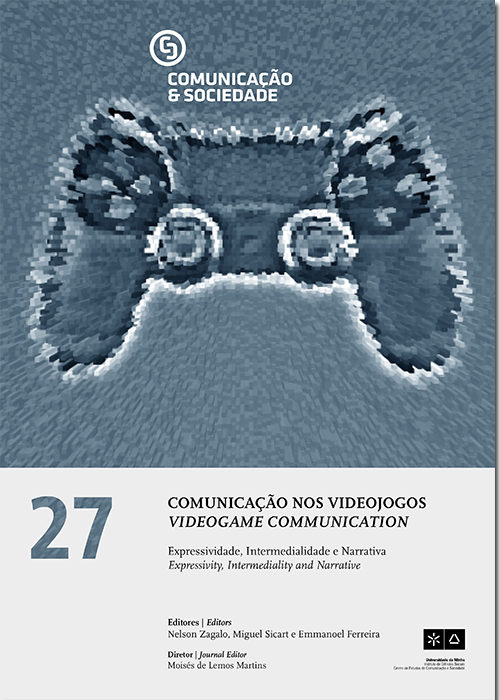Why do i fall for the elf, when i am no orc myself? The ımplıcatıons of vırtual avatars ın dıgıtal communıcatıon
DOI:
https://doi.org/10.17231/comsoc.27(2015).2096Palavras-chave:
Video games, digital games, avatars, uncertainty reduction theory, semioticsResumo
Various recent research on online avatars debated their authenticity in terms of representing the individuals that manage them. Seemingly users would construct an enhanced or idealized presence of themselves online, yet fail to realize that others also do so when seeking information of other users through their avatars. This phenomenon becomes even more curious inside online video game spaces, since video game avatars are already expected to be unrelated with their players but are still seen as sources of information about them. This study approaches the issue as a communication problem and tries to explain the process through Berger’s Uncertainty Reduction Theory (URT). Merging URT with various other nonverbal and visual communication approaches, it is debated how video game avatars – seemingly unrelated or arbitrarily related entitites with their users – become information sources about them. Additionally to elaborate further on the process, the relationship between self and avatars is also analyzed. To create this link, semiotic theories of Saussure and Lacan were expanded and a new approach was proposed. Saussure’s signification process and Lacan’s chains of signification were adapted into digital avatars to define an on-going feedback loop between the video game avatars and the self.
Downloads
Downloads
Publicado
Como Citar
Edição
Secção
Licença
Os autores são titulares dos direitos de autor, concedendo à revista o direito de primeira publicação. O trabalho é licenciado com uma Licença Creative Commons - Atribuição 4.0 Internacional.












